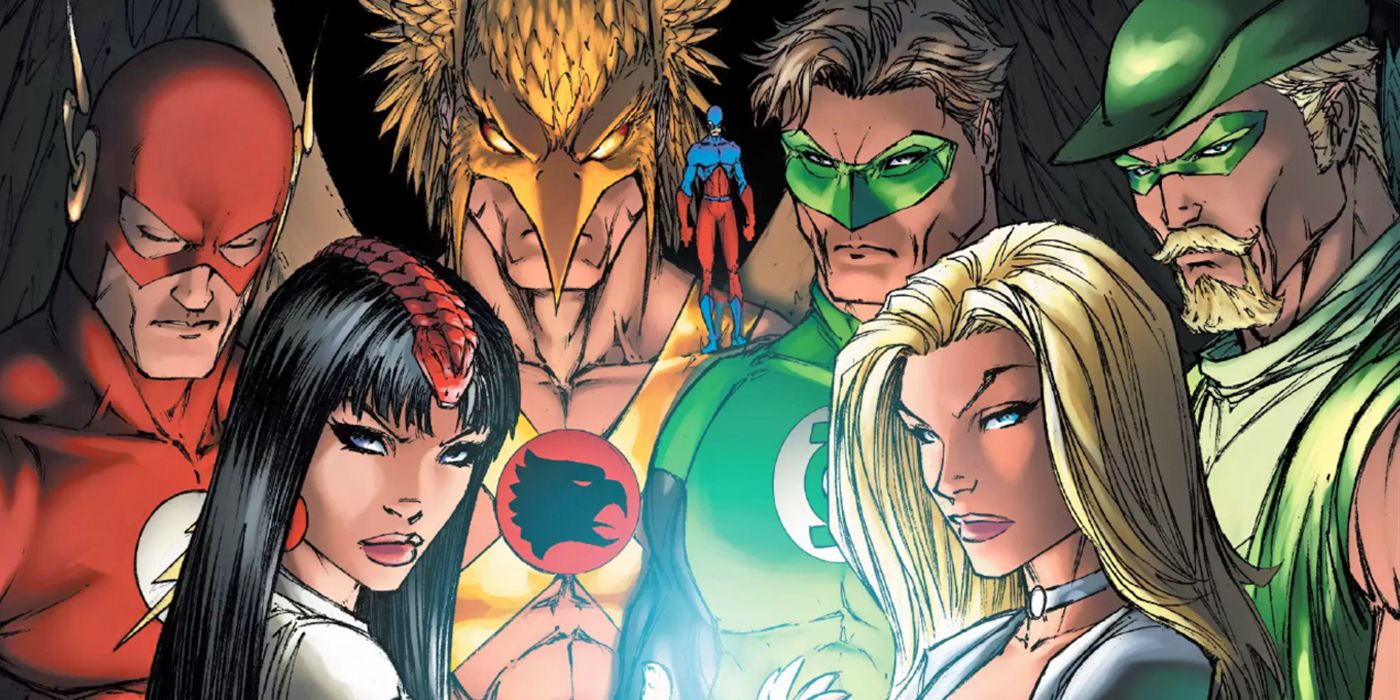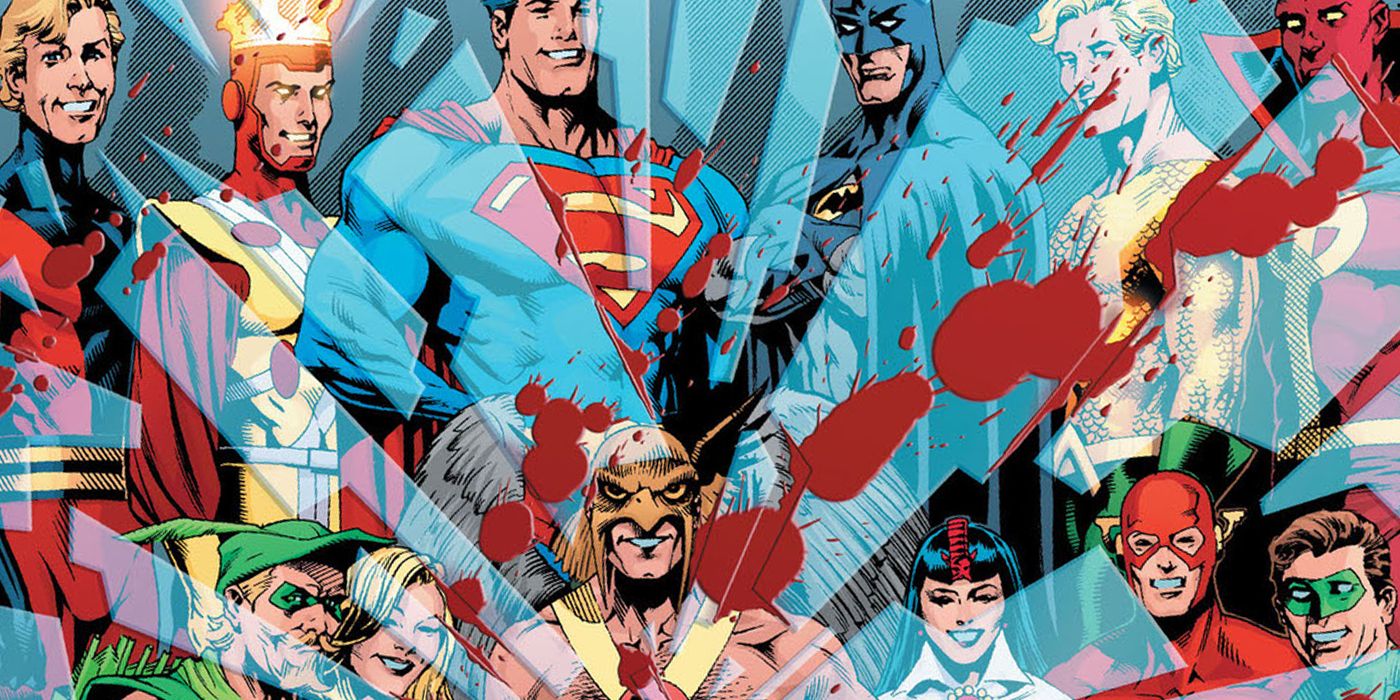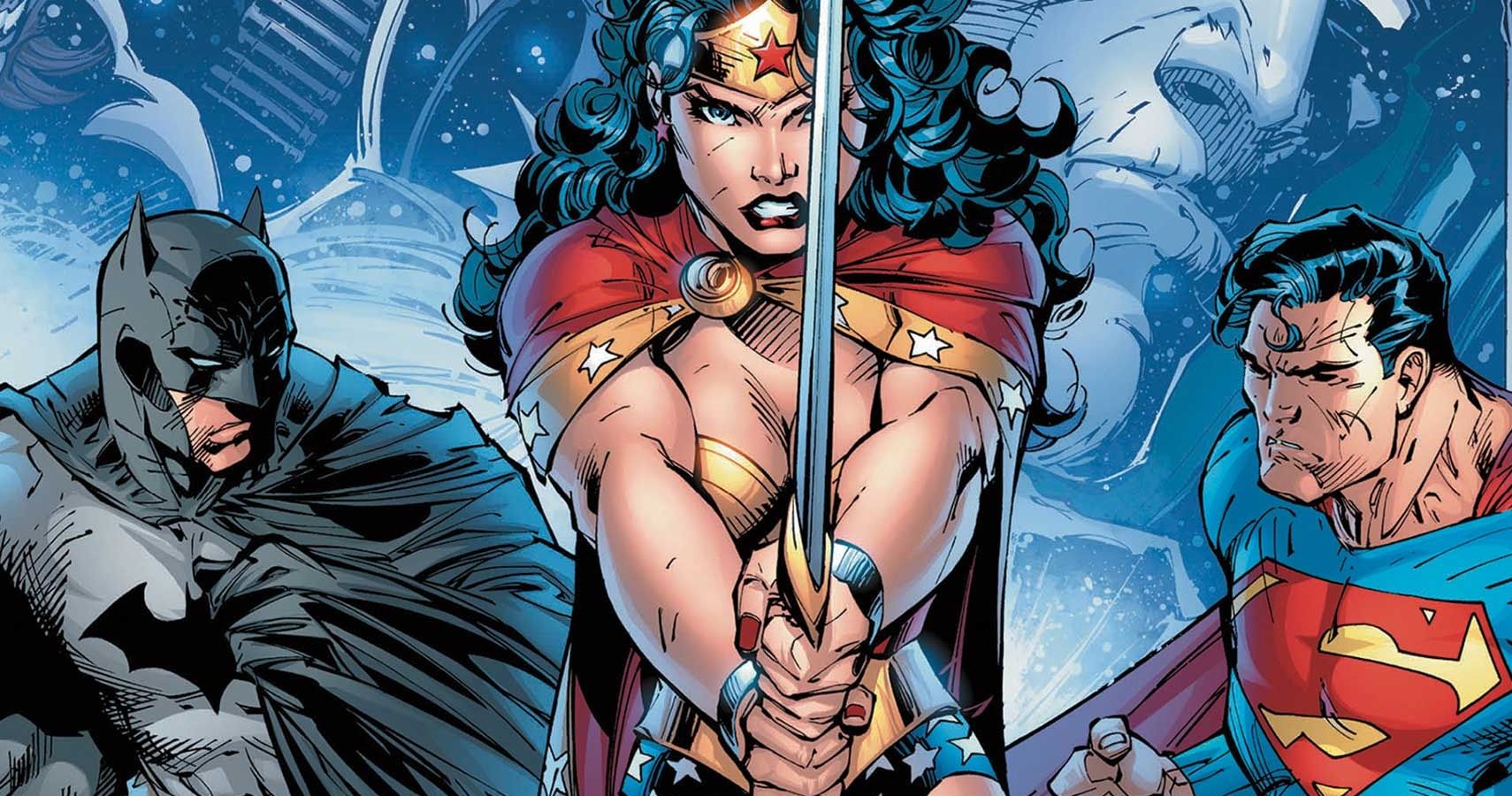While the DC Universe is no stranger to epic, cosmic crises that put the fate of the entire Multiverse at stake on a semi-regular basis, the DC superheroes' most controversial crossover event, Identity Crisis, wasn't an adventure that threatened the fabric of reality itself but a grim murder mystery that saw the loved ones connected to the superhero community put firmly in the crosshairs, only to discover that the true culprit was someone very close to the Justice League with their own unhinged agenda.
Still divisive and shocking in the emotional extremes it places its iconic characters, the 2002 miniseries -- written by Brad Meltzer, drawn by Rags Morales, inked by Michael Bair, colored by Alex Sinclair and lettered by Ken Lopez -- is one of the more lurid crossovers in mainstream comic books and would haunt the heroes for years to follow. Here's a complete guide to the story and its fallout.
THE LEAD-UP TO IDENTITY CRISIS
Identity Crisis explored the personal lives of DC's extensive cast of superheroes, with a particular emphasis on the pre-Crisis Justice League. Elongated Man lived in a happy marriage with his wife Sue Dibney, the Atom was still contending with an on/off relationship with his ex-wife Jean Loring, Green Arrow continued to grow accustomed to his status as an elder statesman superhero as he progressed into middle age.
Despite the relative normalcy in their personal lives, there were subtle divisions within the superhero community. Oliver Queen's relationship with Hawkman had remained strained for years, dating back to their time serving together on the Justice League. Batman appeared just as paranoid and distrustful of his superhero associates as ever which had only grown worse from his own time on the League. And, waiting in the wings, were the old Teen Titans villains Deathstroke and Doctor Light.
WHAT HAPPENED IN IDENTITY CRISIS
The seven-issue miniseries had Elongated Man discover that someone had murdered his wife, leaving her burned beyond recognition, with the tragedy compounded by the fact that she had just become pregnant with their first child. The subsequent investigation revealed that Sue had previously been raped by Doctor Light, with Zatanna and the League voting to erase the villain's memories of their secret identities, making him the more incompetent adversary for the Titans. As the League battled Deathstroke and other villains working with Light, other figures close to the League were targeted, with Robin's father murdered and Jean Loring nearly hanged.
Controversy arose over the overly dark manner in which Sue Dibney had been retconned as a rape and murder victim, with the character reduced to little more than a plot device for shock value. Similarly, the plot twist that Jean had been the mastermind of Sue's murder as a desperate ploy to be reunited with Ray Palmer was criticized as was the overall somber tone and demystification of the iconic superheroes, performing actions that were decidedly unheroic -- including the shocking erasure of Batman's memories when he protested what had happened to Doctor Light.
IDENTITY CRISIS AFTERMATH
Identity Crisis established both Light and Deathstroke as threats for even the most veteran superheroes in the DCU, no longer simply recurring antagonists for the Titans. While imprisoned in Arkham Asylum, Jean would receive a mysterious crystal to transform into the next Eclipso and broke out to bend the Spectre to her evil will. After realizing Zatanna and the Justice League had erased his memories, Batman created the surveillance system Brother Eye to monitor the superhero community only to have it seized from him by Maxwell Lord.
All of these threads would collide in the 2005 crossover event Infinite Crisis, opening with Light and Deathstroke becoming founding members of the latest Secret Society of Super-Villains while the superhero community remained deeply divided from the revelations of Identity Crisis. Over the course of the story, the heroes would learn to trust each other and work together again, but not without tremendous cost. And while the battle was eventually won, the wounds from Meltzer and Morales' story would haunt the heroes for years as they found the universe around them had become a significantly darker place since the Justice League's golden years.




